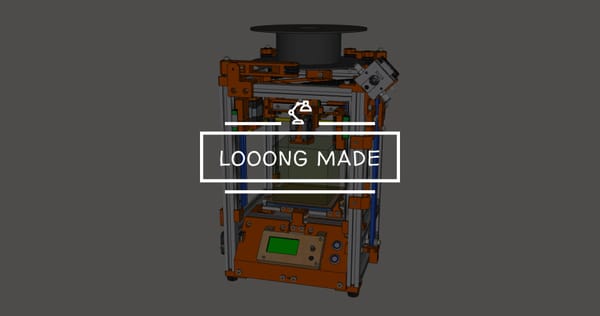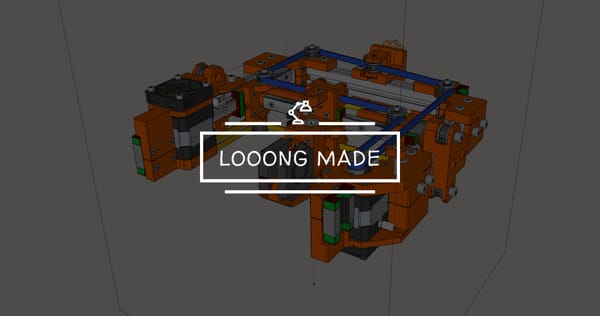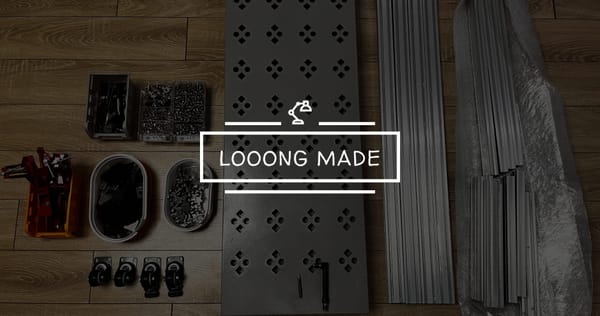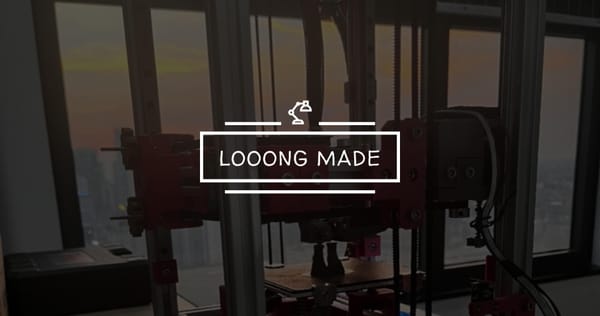ABS, PLA, PETG: My Journey Through FDM Materials (And What Each One Taught Me)
My honest experience with ABS, PLA, and PETG filaments - from costly failures to finding the perfect material for each job. Learn which FDM materials work best for different projects and budgets.
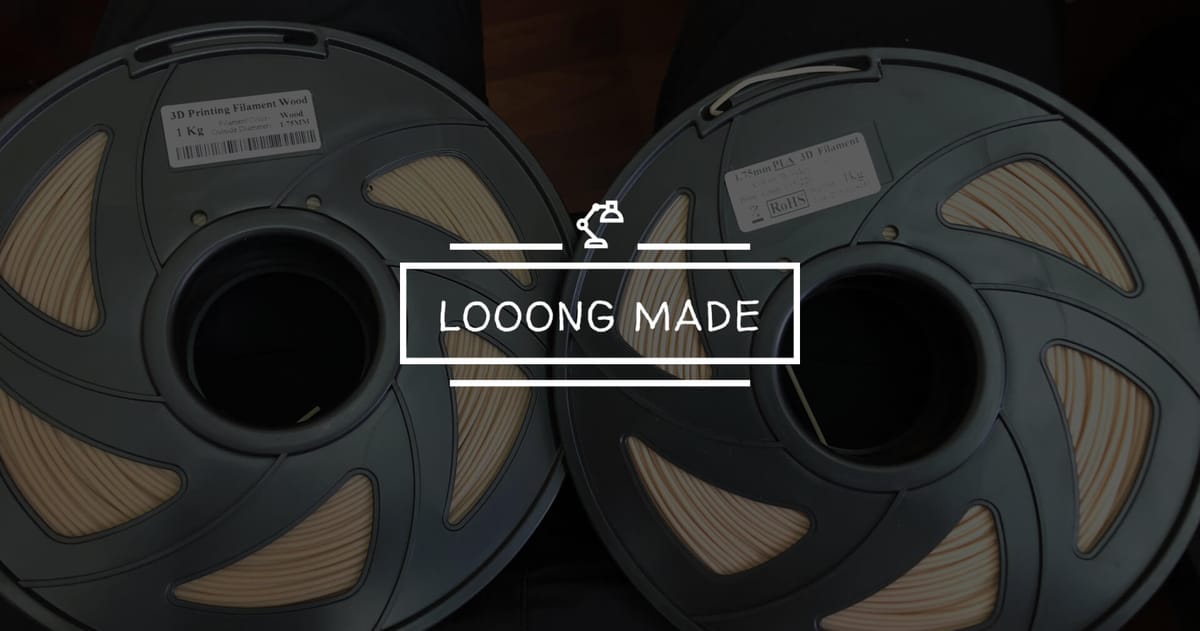
When I first started 3D printing, I thought material choice was just about color and maybe price. Boy, was I wrong. Each filament type has its own personality, quirks, and ideal use cases. After years of trial and error (and many frustrating failed prints), I've settled on three materials that cover most of my needs: ABS, PLA, and PETG.
Here's my honest experience with each one, including the mistakes I made and lessons I learned along the way.
ABS: The Harsh Reality Check
My 3D printing journey started at work, where our R&D department had a printer loaded with ABS filament. I was excited to try it out, having no idea what I was getting myself into. I didn't even know there were different types of filament - plastic was plastic, right?
Very hard, as it turns out.
ABS demands respect. It prints at high temperatures (240-260°C hotend, 90-110°C heated bed), which means you need a printer that can handle the heat. The smell hit me immediately - that distinct plastic odor that made me wonder what I was breathing in. After some research, I discovered that ABS releases potentially harmful fumes during printing, especially in enclosed spaces.
Then came the warping. My first few prints curled up at the edges and lifted off the build plate. ABS shrinks as it cools, and without proper temperature control, the parts just don't stay flat. Most of my early attempts were unusable.
The prints that did succeed were impressive though. ABS creates strong, heat-resistant parts that can handle real-world stress. But for home use, the challenges outweighed the benefits:
- Setting up proper ventilation at home is complicated and expensive
- The filament costs significantly more (350,000-450,000 VND per kg in my area)
- Most of my projects didn't need that level of durability
I never used ABS again after those initial experiments. If I need really hard, durable material, I'll just use metal sheet (aluminum or steel) and work it with handheld tools or run it through CNC. Sometimes the "professional" option isn't the practical one.
PLA: The Reliable Friend
After my ABS struggles, I switched to PLA. The difference was immediate - no more toxic fumes filling the room.
PLA is forgiving in ways that ABS never was. It prints at much lower temperatures (170-190°C hotend, 60°C heated bed), which most entry-level printers can handle easily. Bed adhesion is still something you need to work on - cleaning the bed, getting the right first layer height - but it's much more manageable than ABS. Warping happens less often, though it's not completely eliminated.
This became my go-to material for most projects:
- Prototypes: Perfect for testing fit and function before committing to more expensive materials
- Decorations: Smooth finish, available in countless colors, and PLA comes in many variants like wood-filled, carbon fiber, glossy, matte - perfect for decorative items
- Miniature models: Fine detail reproduction, easy to paint
- Quick fixes: When I need a simple bracket or organizer
But PLA has clear limitations. I printed some outdoor plant markers that became brittle and cracked after a few months in the sun. A phone case I made felt solid initially but became fragile over time. PLA also doesn't handle heat well - it softens in hot cars or near warm electronics in PC cases. PLA is marketed as biodegradable, but that's misleading. It only breaks down in industrial composting facilities with specific temperature and humidity conditions. In normal environments, PLA parts will last for years just like any other plastic.
The material works well within its limits, but go beyond those and you'll see why it's not suitable for every application.
PETG: The Sweet Spot Discovery
My relationship with PETG started out of necessity. I was printing replacement parts for my 3D printer itself - fan shrouds, belt tensioners, and mounting brackets. PLA worked initially, but these parts were near the hotend and subject to mechanical stress. They'd soften, crack, or deform over time.
That's when I discovered PETG, and it changed everything.
First, the surprise: PETG costs less than PLA in my local market (130,000-150,000 VND per kg versus 190,000-230,000 VND for PLA). Better performance for less money.
PETG prints at moderate temperatures (210-230°C hotend, 75°C heated bed) - higher than PLA but much more manageable than ABS. No toxic fumes, no extreme warping, but you do need a well-tuned printer. The temperature needs to be stable, and fan settings require more attention than with PLA.
The results speak for themselves:
- Mechanical parts: Strong enough for functional components that see real stress
- Heat resistance: Won't soften near warm electronics like PLA does
- Chemical resistance: Holds up better to oils and cleaning chemicals
- Durability: Printer parts I made two years ago are still going strong
PETG does have one annoying habit - it's stringier than PLA. You'll get those little plastic hairs between parts if your retraction settings aren't dialed in perfectly. But I've made peace with this. A few seconds with a heat gun or careful knife work during post-processing, and the parts look clean.
When I Reach for Each Material
After years of printing, here's how I actually decide:
PLA gets the job when:
- I'm prototyping or testing designs
- The part won't see high temperatures or stress
- I want the fastest, most reliable print
- I'm making decorative items or models
PETG gets the job when:
- I need mechanical strength or heat resistance
- The part will be under stress or near warm components
- I want durability without ABS complications
- Budget matters (it's my cheapest option)
ABS stays on the shelf because:
- I can't justify the ventilation setup for home use
- The cost doesn't match my needs
- PETG handles most applications where I'd consider ABS
What I Wish I'd Known Starting Out
If I could go back and advise my beginner self, I'd say: start with PLA to learn the basics, then move to PETG when you need stronger parts. Don't feel pressured to use ABS just because it's "professional" - match your material to your actual needs and setup constraints.
The best material isn't always the most expensive or technically advanced one. It's the one that works reliably in your environment, fits your budget, and meets your project requirements. For me, that's usually PETG, with PLA for quick jobs and testing.
Your mileage may vary depending on your local prices, available ventilation, and project types. But this journey through materials taught me that sometimes the middle ground - in this case, PETG - offers the best balance of performance, cost, and practicality.


